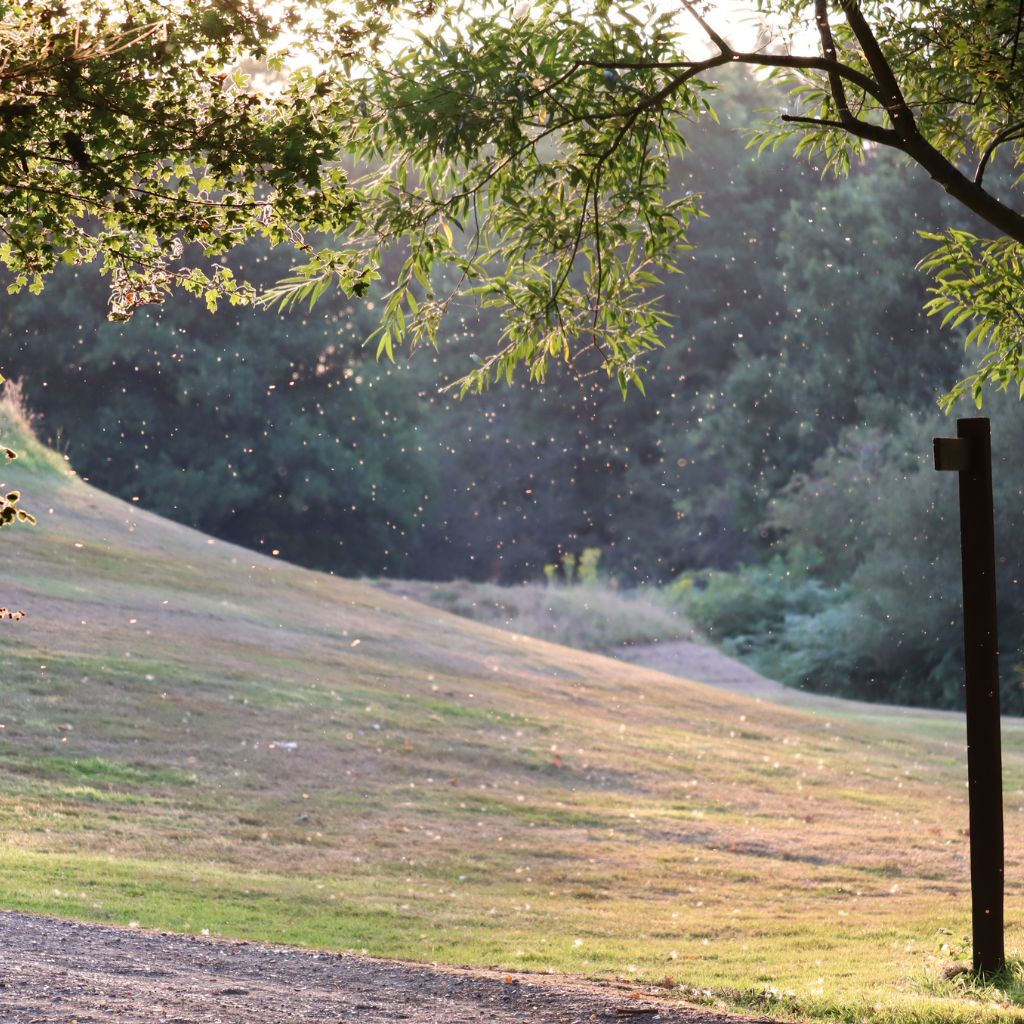120 minutes a week is enough to improve your physical and mental health.
This is a science-backed nature prescription for everyone, and especially for those living in high income, urban societies. Living in cities that have better access to green space is associated with fewer cases of obesity, diabetes, heart disease, asthma and mental distress. But what’s especially interesting is that this time does not need to be intense. The benefits kick in whether they are short or long, gentle or extreme. Just you and nature for two hours a week.
I often talk about the mental and physical health benefits of nature exposure. But the benefits go far beyond improved mental and physical health. Experiencing nature can actually lessen physical pain. It is attributed to reduced community crime and is known to change attitudes that result in increased pro-environmental behavior. This creates a greater awareness of climate change and leads to a greater understanding of what we can do to address the nature and climate crisis.
Only 120 minutes a week in nature to improve your physical, mental and emotional health, and the health of our natural environments.
There is hope.
Only 120 minutes of time in nature per week can improve your health and well-being. And the benefits continue to increase up to as much as 300 minutes a week, only 42 minutes per day. What’s more, science shows that more exposure to nature improves our sense of community and substantially lowers crime rates. In areas with well-maintained green space, vegetation abundance is significantly associated with lower rates of assault, robbery, and burglary. We also know that to see this, our level of contact with nature doesn’t have to be extreme. We simply need to be exposed to it.
Any time with nature is helpful, including gentle walking, sitting in a park. Even looking out a window to see the shining sun is enough to improve our emotional well-being. For example, forest bathing has become a very popular activity. Forest bathing, or shinrin-yoku, is a gentle well-being practice. It includes moments of mindfulness, meditation and slow movement in nature.
Soaking up the sounds, sights and feelings of nature is especially important when we spend eight or more hours each day at a desk or in front of a phone.
However, you don’t have to go without nature for the day. There are things you can do to keep a healthy mental state. These three tips will help you build a nature-friendly day:
- First, surround yourself with houseplants to build your green space indoors. This will improve mood and reduce stress levels. While beautiful, they also give you something to nurture which builds your sense of purpose and promotes a sense of comfort and relaxation.
- Second, the sounds of nature boost mood, decrease stress and can lessen pain. Listen to water sounds to improve mood and birdsong to reduce stress. A variety of outdoor sounds in particular can reduce pain.
- Finally, your sense of sight is powerful enough to override our other senses. When this happens, we pay closer attention to what we see than what we hear, feel or taste. Place your desk near a window so you can take in nature views. This is a great way to lift your mood, inspire creativity, and make you feel more connected to nature. Don’t have the option of a window? Even images of nature can help! A great way to deepen your connection to nature is to keep images of nature on your phone. View these photos throughout the day for a dose of nature.
Heal yourself, heal your community, and heal your world.
Improve your physical, mental and emotional health in only 120 minutes a week.
Ready to begin? Book a free discovery call to learn how I can help you de-stress, manage anxiety, recover from burnout and live a balanced life.
1White, M.P., Alcock, I., Grellier, J. et al. Spending at least 120 minutes a week in nature is associated with good health and wellbeing. Sci Rep 9, 7730 (2019). https://doi.org/10.1038/s41598-019-44097-3
2BioScience, Volume 65, Issue 12, 01 December 2015, Pages 1141–1153, https://doi.org/10.1093/biosci/biv151 Published: 19 November 2015
3Mary K. Wolfe, Jeremy Mennis, Does vegetation encourage or suppress urban crime? Evidence from Philadelphia, PA, Landscape and Urban Planning, Volume 108, Issues 2–4, 2012, Pages 112-122, ISSN 0169-2046, https://doi.org/10.1016/j.landurbplan.2012.08.006.



